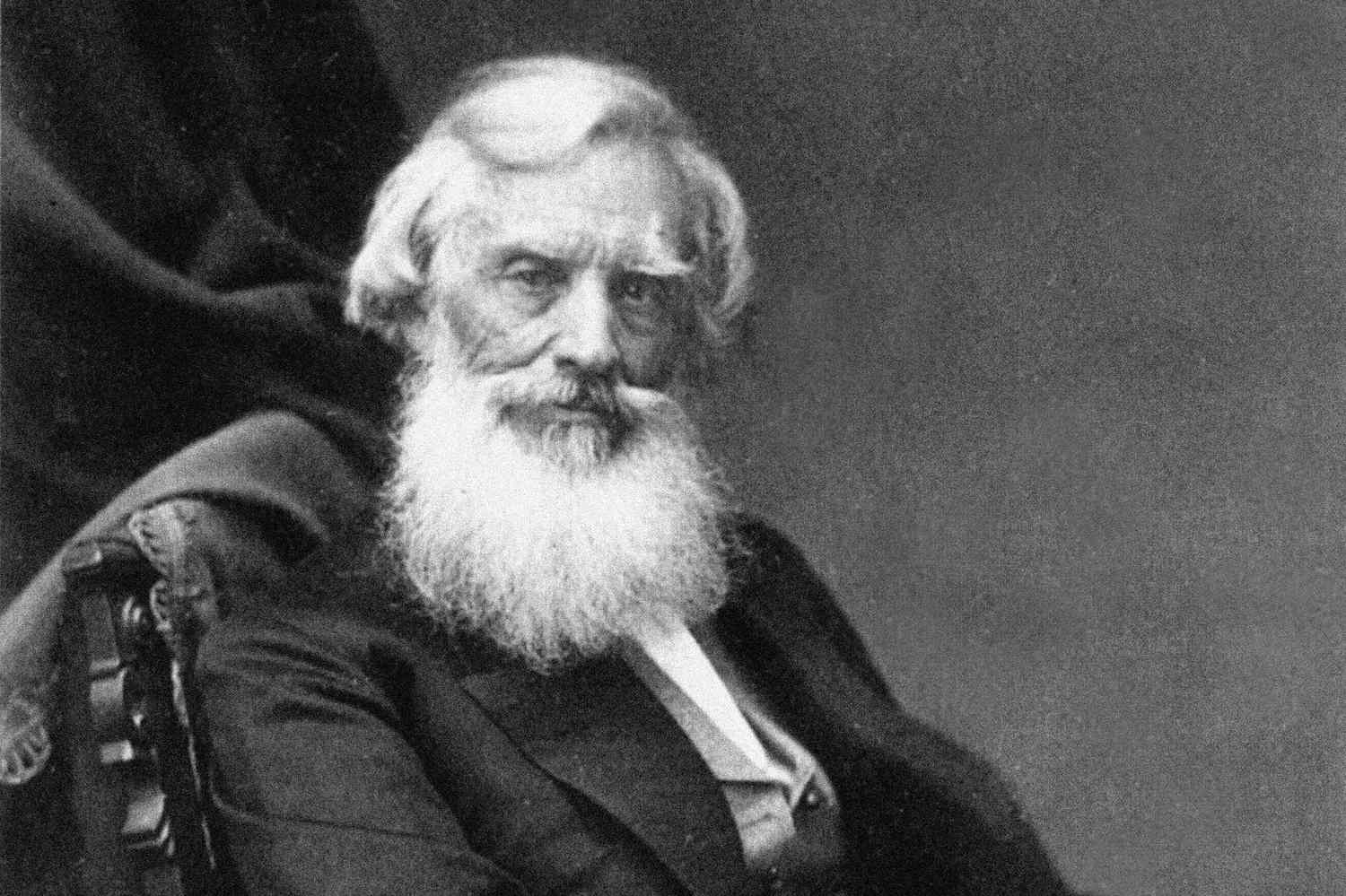Samuel Morse was an American inventor, artist, and scientist who played a pivotal role in the development of long-distance communication. His invention of the telegraph and the creation of Morse code revolutionized how people could communicate over great distances, marking the beginning of modern telecommunications. Often referred to as the “Father of the Telegraph,” Morse’s contributions set the stage for the global network of communication systems we rely on today.
Early Life and Background
Samuel Morse was born on April 27, 1791, in Charlestown, Massachusetts. He was originally trained as a painter and became well-known for his portraits, but his interests soon shifted toward science and technology. His exposure to early electrical experiments sparked a deep interest in how electricity could be used to transmit information.
Morse was not the first to experiment with electrical signals for communication, but his work was instrumental in turning the idea into a practical and reliable system. The telegraph, however, became his most lasting achievement.
The Telegraph: Revolutionizing Communication
In the early 1830s, Morse began working on the idea of a telegraph that could send messages over long distances using electrical signals. In 1837, he, along with his colleagues, developed the first successful electrical telegraph. Unlike earlier efforts, Morse’s telegraph was designed to send electrical signals through wires, and the messages were coded into a series of dots and dashes.
- The First Successful Message (1844): On May 24, 1844, Morse sent the first successful long-distance telegraph message from Washington, D.C., to Baltimore, Maryland. The message read, “What hath God wrought?,” a phrase chosen from the Bible. This momentous event demonstrated the feasibility of using electrical signals to transmit information over great distances, marking the beginning of the telegraph era.
- The Importance of Wires: To send these messages, Morse’s telegraph system used wires, which were strung across cities, states, and eventually countries. These wires became the early communication infrastructure that connected the United States and later, much of the world. The invention of the telegraph and the use of copper or iron wire set the stage for the development of communication systems over vast distances.
Morse Code: A Language of Dots and Dashes
Morse’s telegraph worked by sending electrical impulses through wires, with each impulse representing a specific letter or number. However, the key innovation was Morse code, the system of encoding text into a series of dots (short signals) and dashes (long signals). This system was simple, efficient, and well-suited for long-distance transmission.
- Morse Code in Action: The beauty of Morse code lay in its simplicity. Each letter of the alphabet was assigned a unique combination of dots and dashes. For example, the letter “A” was represented as a dot followed by a dash, while the letter “S” was three dots in a row. This coding system allowed for easy translation of messages from text to electrical signals and vice versa.
- Global Impact: Over time, Morse code became the universal language of telegraphy and was adopted worldwide, laying the foundation for future developments in global communication systems. It was used extensively in military, maritime, and commercial communication.
The Expansion of the Telegraph
- International Expansion: The success of Morse’s telegraph in the United States led to the global spread of the technology. In 1858, the first successful transatlantic telegraph cable was laid between Ireland and Newfoundland, allowing telegraphic communication between North America and Europe for the first time. This was a groundbreaking achievement that paved the way for a global network of telegraph lines.
- The Telegraph’s Impact on Society: The advent of the telegraph revolutionized how information was shared, enabling businesses, governments, and individuals to communicate much more quickly and efficiently than ever before. It helped reduce the time it took to transmit news, financial data, and political messages, and it had a profound impact on industries like journalism, finance, and diplomacy.
Legacy and Recognition
Samuel Morse’s impact on the world of communication cannot be overstated. His invention of the telegraph and the creation of Morse code revolutionized communication systems, allowing for the first time in history that people could communicate across vast distances almost instantly.
- The Legacy of the Telegraph: While the telegraph was eventually replaced by newer technologies, such as the telephone and the internet, its influence is still felt today. The telegraph laid the foundation for the modern communications infrastructure, from telephone wires to fiber-optic cables.
- Recognition: Samuel Morse received several honors and awards during his lifetime for his contributions to science and technology. Despite some early criticism and financial struggles, Morse’s telegraph eventually became widely acknowledged as one of the greatest inventions of the 19th century. Today, he is remembered as one of the founding figures of modern communication.
Conclusion: Samuel Morse’s Enduring Legacy
Samuel Morse’s invention of the telegraph and the creation of Morse code were nothing short of revolutionary. His work laid the groundwork for a new era in communication, allowing for the rapid transmission of information over long distances. From the first telegraph message in 1844 to the global spread of telegraphy, Morse’s contributions forever changed the way people communicated, creating the blueprint for modern telecommunications. Through his visionary work, Samuel Morse earned his place in history as the father of the telegraph and one of the most important figures in the development of communication technology.











